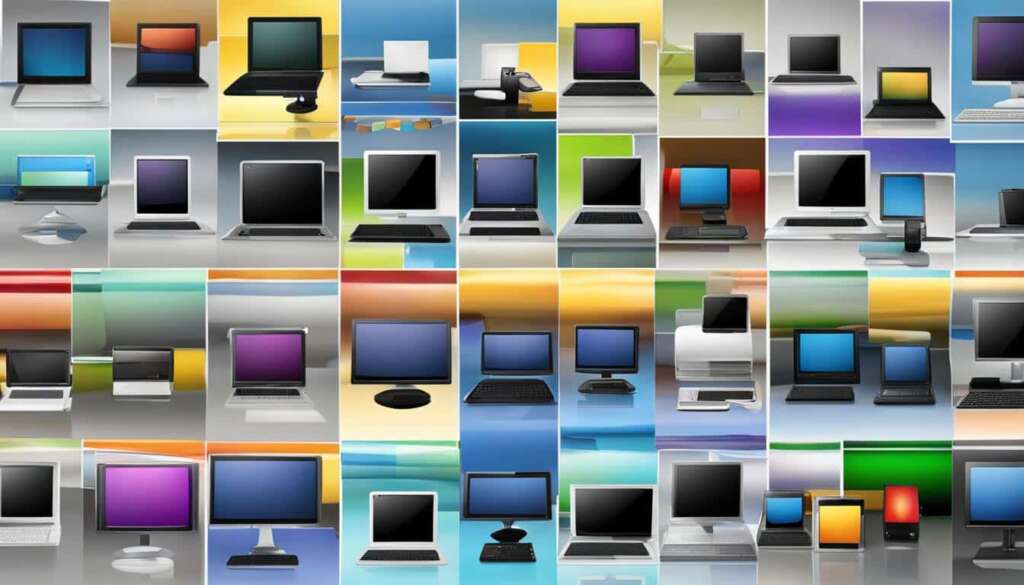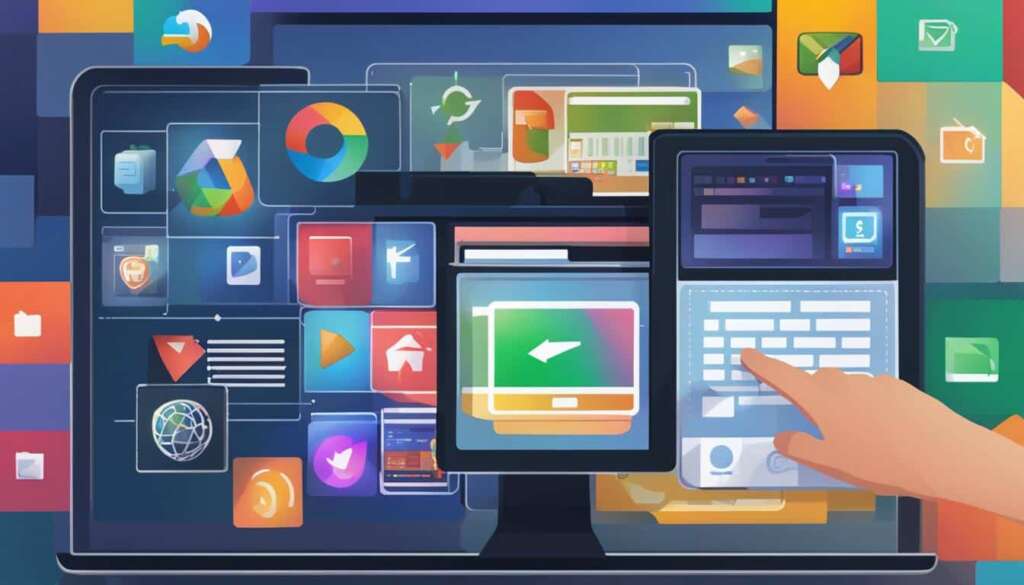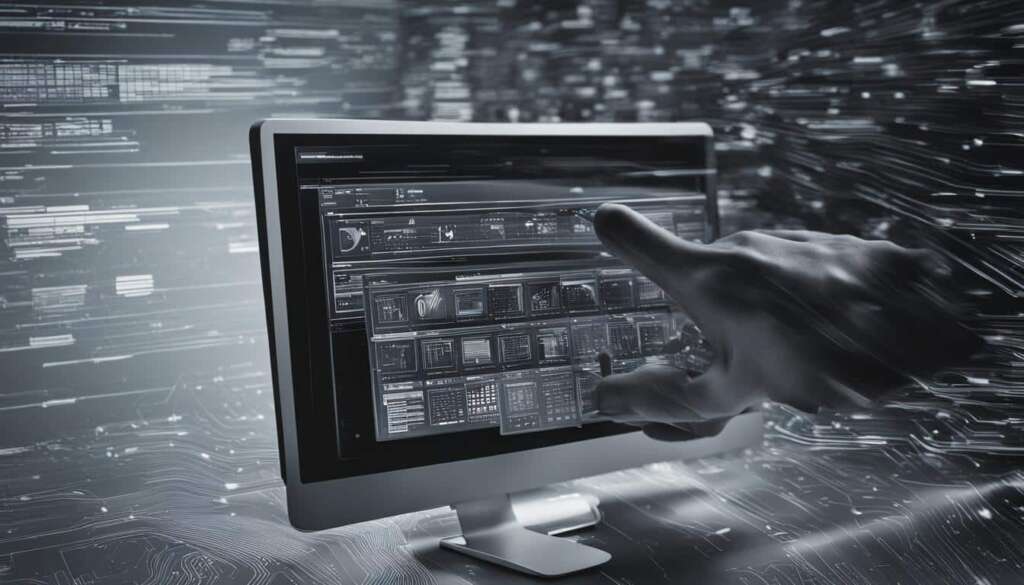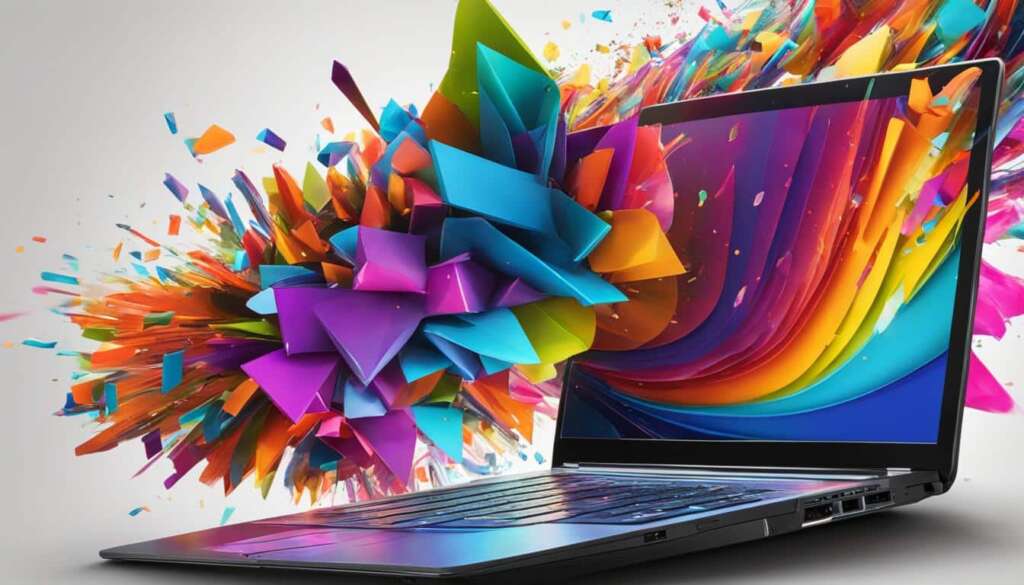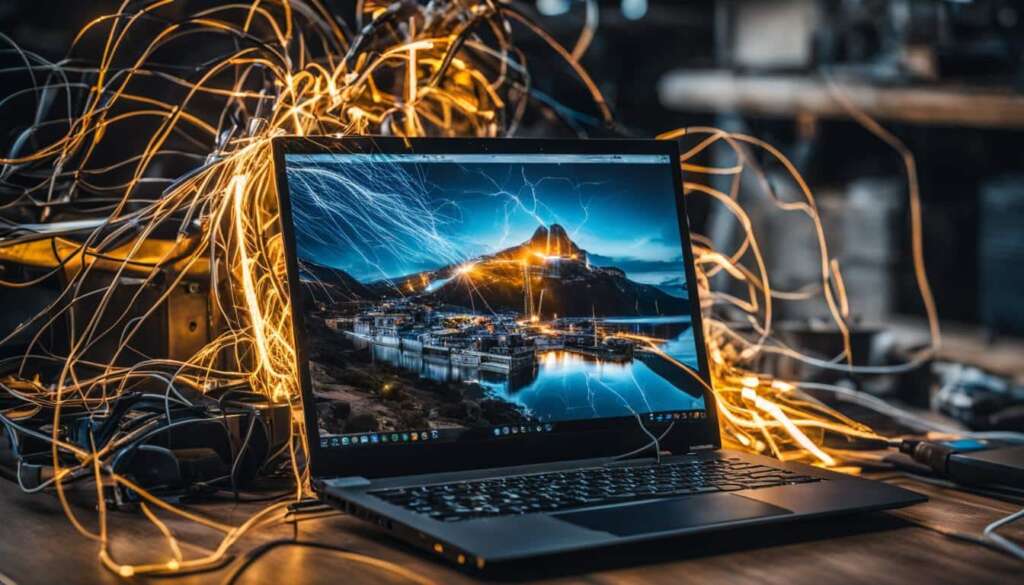Table of Contents
Have you ever encountered the frustrating situation where your desktop icons mysteriously vanish, leaving you unable to open your favorite programs? Don’t worry, you’re not alone! Many Windows 10 users have experienced this issue, causing distress and inconvenience in their daily computing activities.
But fear not, because we have the solutions to restore those missing desktop icons and regain access to your programs! In this article, we will explore reliable methods that can help troubleshoot this problem efficiently, saving you time and frustration.
So, how do you open a program when there are no icons on the desktop? Let’s dive in and discover the solutions that can bring back the convenience and ease of accessing your programs with just a click.
Solution 1: Turn on the visibility of desktop icons
If you’ve noticed that your desktop icons have mysteriously disappeared, chances are that the visibility settings have been toggled off. But don’t worry; you can easily bring back those missing icons by following a simple process.
To turn on the visibility of desktop icons, all you have to do is:
-
Right-click on an empty space on the desktop. A context menu will appear.
-
From the context menu, click on “View.”
-
Make sure that the option “Show desktop icons” is ticked.
Once you’ve completed these steps, your desktop icons should become visible again, making it easier for you to access your favorite programs and files.
Common Issues and Limitations
Although this solution is effective for most users, it’s important to note that certain system configurations or software conflicts may prevent the desktop icons from reappearing. If you’ve followed the steps outlined above and your desktop icons are still missing, it might be necessary to explore alternative solutions to resolve the issue.
Now that you’ve successfully turned on the visibility of your desktop icons, it’s time to move on to the next solution, which involves disabling the Tablet mode. This method can help address any conflicts that may be causing your icons to disappear.
Disable the Tablet mode
Tablet mode can be the culprit behind the disappearance of desktop icons on Windows 10. To fix this issue, you need to disable Tablet mode using the following steps:
- Open the Start menu by clicking on the Windows icon in the bottom left corner of the screen.
- Click on Settings, which is represented by a gear icon.
- In the Settings window, select the System tile.
- Switch to the Tablet mode tab.
- Make sure the toggle is set to off.
- Alternatively, you can adjust the tablet mode settings to “When I sign in use desktop mode” and “Always ask me before switching.”
Disabling the Tablet mode will ensure that your desktop icons are visible and accessible.
Not sure how to disable the Tablet mode? Follow the steps below:
1. Open the Start menu
2. Click on Settings
3. Select the System tile
4. Switch to the Tablet mode tab
5. Set the toggle to off or adjust the tablet mode settings to “When I sign in use desktop mode” and “Always ask me before switching.”
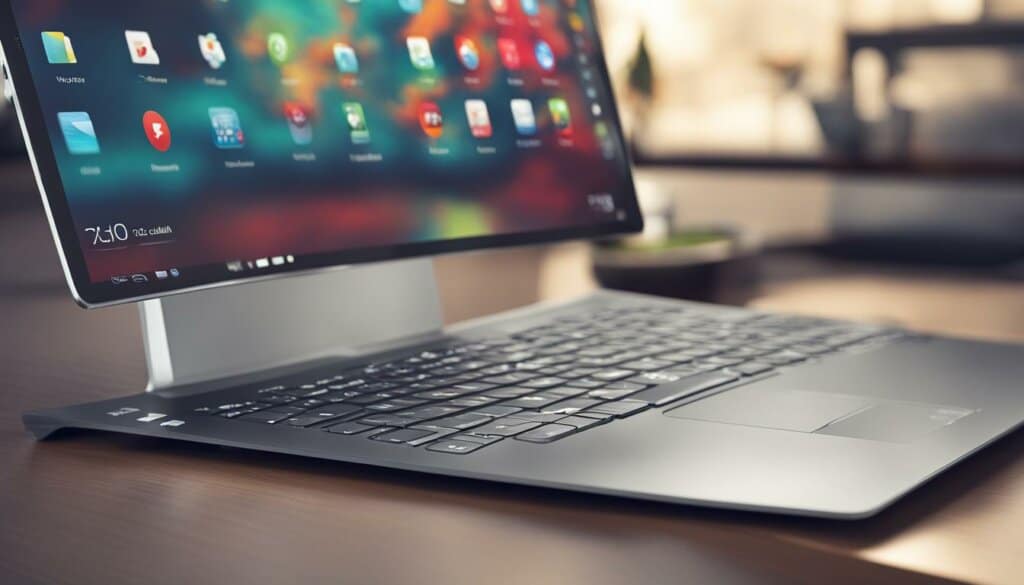
Solution 3: Use the Command Prompt to rebuild your icon cache
One effective solution to fix the issue of missing desktop icons is to rebuild the icon cache using the Command Prompt. Rebuilding the icon cache can help resolve any corruption or errors that may be causing the icons to disappear.
To start the process, you will need to open the Command Prompt with administrative permissions. Follow these steps:
- Press the Windows key on your keyboard and type Command Prompt in the search bar.
- Right-click on Command Prompt in the search results and select Run as administrator.
Once the Command Prompt window opens, you can input the provided commands to rebuild the icon cache. Here are the steps:
- Type the following command and press Enter:
cd /d %userprofile%\AppData\Local\Microsoft\Windows\Explorer - Next, input the command below and press Enter:
attrib -h IconCache.db - Then, enter the following command and press Enter:
del IconCache.db - Finally, restart your device to see if the desktop icons reappear.
Rebuilding the icon cache using the Command Prompt can effectively restore missing desktop icons. By following these steps, you can easily troubleshoot the issue and enjoy a fully functional desktop.
Solution 4: Run the System File Checker
If you are experiencing missing desktop icons on your Windows 10, running the System File Checker can help fix the issue by automatically repairing corrupted system files. This solution is straightforward and efficient, ensuring that your desktop icons are restored to their proper place.
-
Open the Command Prompt with administrative permissions by typing “cmd” in the Windows search bar, right-clicking on “Command Prompt,” and selecting “Run as administrator.”
-
Once the Command Prompt window opens, type “sfc /scannow” and press Enter to initiate the System File Checker scan.
-
Wait for the scan to complete. The process may take some time, depending on the size of your system files and the speed of your computer.

-
After the scan is finished, restart your device to apply the repaired system files.
Running the System File Checker is a reliable method to fix corrupted system files and resolve any issues causing missing desktop icons. It is recommended to perform this solution if the previous methods did not yield the desired results.
Conclusion
Restoring missing desktop icons is essential to ensure a seamless user experience on Windows 10. By following the provided solutions, users can troubleshoot and resolve the issue effectively. However, if the solutions mentioned in this article do not work, it is highly advisable to seek further assistance from Microsoft’s customer support team or IT specialists.
In addition to troubleshooting, it is crucial to regularly update Windows 10 to the latest release. Updating the operating system helps prevent desktop icon disappearance and ensures the stability and security of the device.
Remember, a clutter-free and organized desktop can contribute to productivity and efficiency. By implementing the solutions discussed in this article and staying vigilant with updates, users can enjoy a restored desktop with all their essential icons readily accessible.
FAQ
How do you open a program when there are no icons on the desktop?
If your desktop icons have disappeared, you can still open programs using alternative methods. One way is to use the Windows search function. Simply click on the Windows icon in the bottom-left corner of the screen or press the Windows key on your keyboard, then start typing the name of the program you want to open. As you type, Windows will show you a list of matching results, and you can click on the program you want to launch.
How can I turn on the visibility of desktop icons?
To turn on the visibility of desktop icons, right-click on an empty space on the desktop. From the context menu, click on “View” and make sure “Show desktop icons” is ticked. This will restore the visibility of your desktop icons.
My desktop icons disappeared after enabling Tablet mode. How do I fix this?
Disabling Tablet mode can help resolve the issue of missing desktop icons. To do this, open the Start menu, click on Settings, select the System tile, switch to the “Tablet mode” tab, and make sure the toggle is set to off. Alternatively, you can adjust the tablet mode settings to “When I sign in use desktop mode” and “Always ask me before switching.”
What can I do if my desktop icons are still missing after trying the above solutions?
If the above solutions do not resolve the issue, you can use the Command Prompt to rebuild your icon cache. Open the Command Prompt with administrative permissions, input the provided commands to restore the icon cache, and restart your device to check if the desktop icons reappear.
How can I run the System File Checker to fix missing desktop icons?
Running the System File Checker can automatically fix corrupted system files and help resolve issues with missing desktop icons. Open the Command Prompt with administrative permissions, run the System File Checker scan by typing “sfc /scannow,” and press Enter. After the scan is complete, restart your device and check if the desktop icons are restored.
What should I do if none of the solutions above work for me?
If none of the provided solutions work, it is recommended to seek further assistance from Microsoft’s customer support team or consult with IT specialists who can provide more specialized guidance to help restore your missing desktop icons.
How can I prevent my desktop icons from disappearing in the future?
Regularly updating Windows 10 to the latest release can help prevent desktop icon disappearance in the future. Microsoft frequently releases updates to address issues and improve the overall stability and performance of the operating system.

